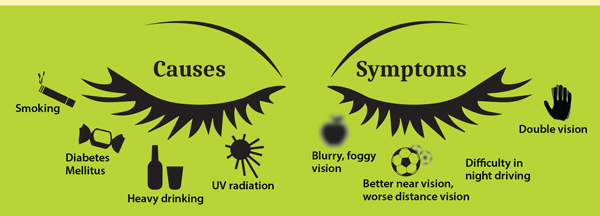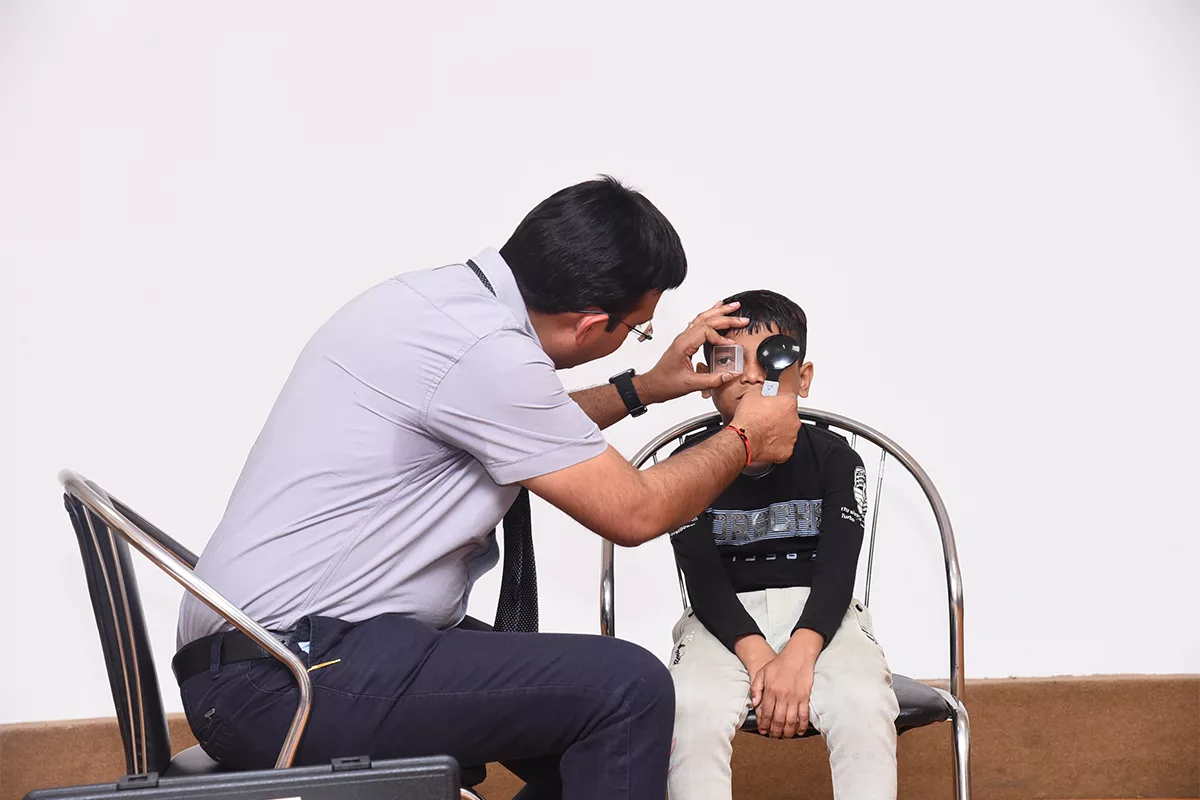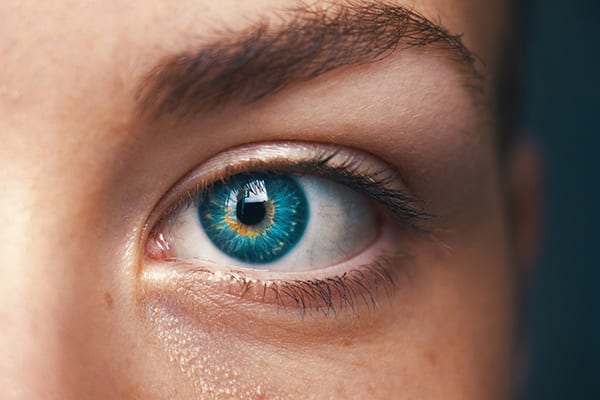Globally, 285 million people are visually impaired and cataract is the leading cause of blindness
 Cataracts are the most common cause of vision loss due to aging, currently afflicting 20 million people worldwide. This condition occurs when clear protein in the natural lens called crystallins become opaque, making it cloudy. This scatters light rays passing through the eye creating blurred vision.
Cataracts are the most common cause of vision loss due to aging, currently afflicting 20 million people worldwide. This condition occurs when clear protein in the natural lens called crystallins become opaque, making it cloudy. This scatters light rays passing through the eye creating blurred vision.
Types of cataracts include:
Age-related cataracts: These cataracts form because of aging changes.
Congenital cataracts: Babies are sometimes born with cataracts as a result of an intrauterine infection or due to genetic abnormalities.
Secondary cataracts: These develop as a result of other medical conditions, like diabetes, or exposure to toxic substances, certain drugs (such as corticosteroids or diuretics), ultraviolet light, or radiation.
Traumatic cataracts: These form after an injury to the eye.
Radiation cataract: Cataracts can develop after exposure to some types of radiation.


Cataracts usually form slowly and cause few symptoms until they noticeably block light.
Symptoms can include:
Vision that is cloudy, blurry and foggy.
Progressive nearsightedness in older people often called “second sight” because although their distance vision is getting worse, they may no longer need reading glasses.
Changes in the way you see color.
Problems driving at night such as glare from oncoming headlights.
Problems with glare during the day.
Double vision
Change in glasses prescription
Cigarette smoking, air pollution, and heavy drinking can increase the risk of getting cataract:
- Action Plan – The early identification of visually significant cataract and providing access to cataract surgery are amongst the two most important initiatives to reduce avoidable blindness due to cataract. Increasing the cataract surgical rate (CSR) and cataract surgical coverage (CSC) are keys to increasing the spread and improving accessibility to cataract surgery. Training of ancillary staff to identify cataracts and building an accessible referral system to care for individuals with cataract improves the reach and effectiveness of cataract screening programs. In addition, good residency training in cataract surgery will help increase the pool of eye surgeons performing a successful cataract surgery.


The treatment of cataract is surgical and very successful in restoring sight. The cloudy lens is removed and replaced by an artificial intraocular lens.
“With rapid strides in technology like femtosecond laser cataract surgery and availability of advanced technology intraocular lenses like multifocal and toric lenses, cataract surgery has become more predictable, precise and visually fulfilling,” Dr Pravin K Vaddavalli –Head, Refractive Surgery, Cataract and Contact Lens Services, Consultant, Cornea & Anterior Segment Service, L V Prasad Eye Institute, Hyderabad.










